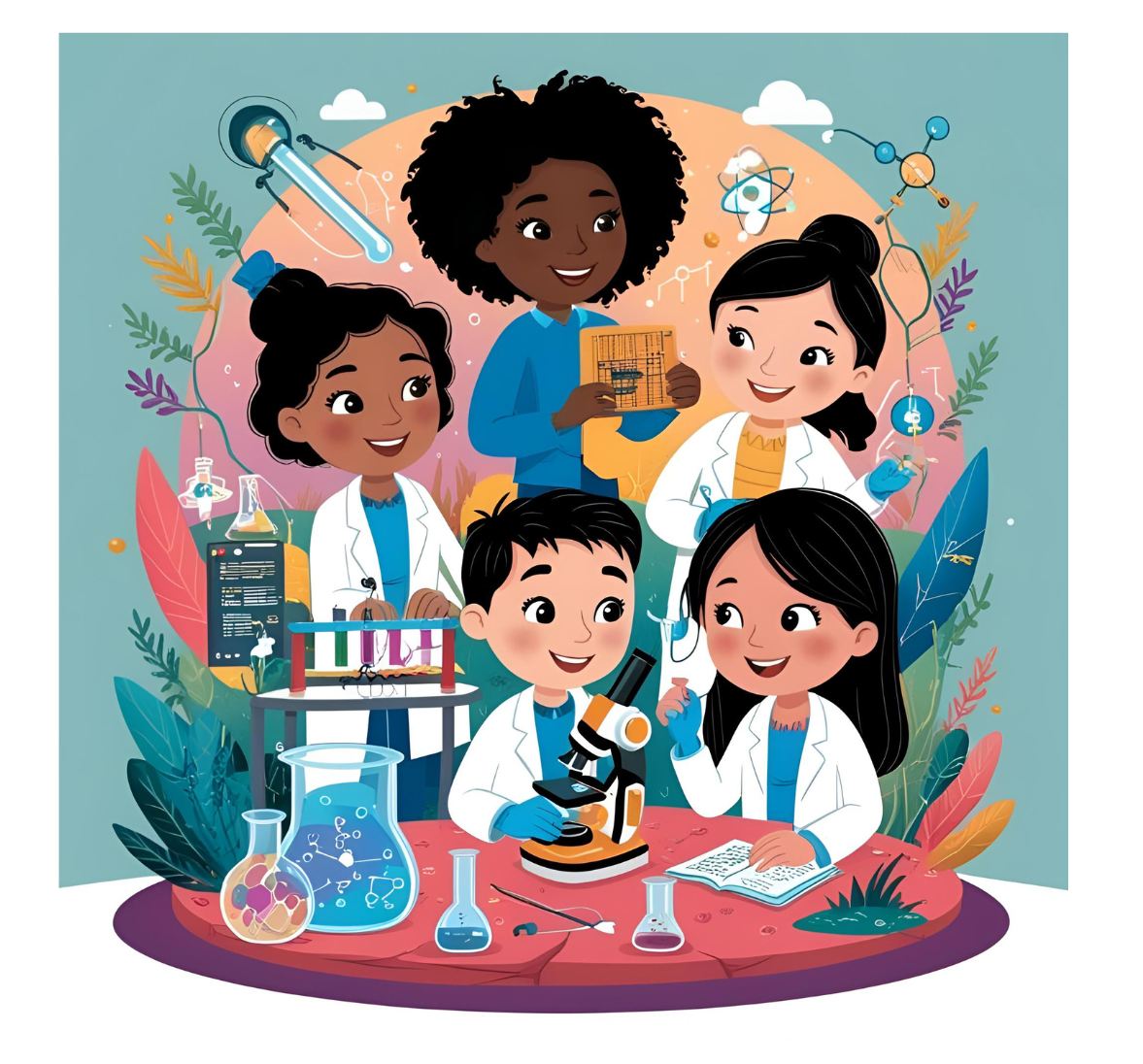Making Science Accessible and Relevant for Every Student
Making Science Accessible and Relevant for Every Student
Image Created By Canva
When we think about equity in science education, it’s easy to picture lofty goals or system-level policies. But in reality, equity begins with the everyday choices we make in our classrooms. As science educators, we have the power to create learning spaces where every student feels seen, valued, and capable of engaging in scientific thinking.
Equity isn’t the same as equality. It’s not about giving every student the exact same thing—it’s about giving each student what they need to succeed. In a science classroom, that can show up in big and small ways: the way we group students, the examples we use in class, or how we respond to a student who’s hesitant to speak up.
One simple step toward equity is looking closely at who’s participating. Are the same few voices leading every discussion? Are some students hanging back during group investigations? It’s not always intentional, but patterns like these can shut out students who are already unsure whether science is “for them.” Try rotating roles during group work, using sentence stems to support academic language, or offering alternative ways for students to share ideas—like writing or drawing instead of speaking.
Representation also matters. The scientists we highlight, the case studies we use, and even the phenomena we choose all send messages about who does science and what science is for. When students see people who look like them—or who share their community experiences—engaged in science, it opens the door for them to see themselves in that world too.
Another powerful move? Invite students’ lived experiences into the classroom. Whether you’re investigating local water quality, studying the impact of weather on neighborhoods, or exploring how different cultures use natural resources, these connections help students see that science is relevant to their lives—and that their lives are relevant to science.
Finally, equity is not a one-time fix. It’s an ongoing practice of reflection and learning. Ask yourself: Whose voices are missing from this lesson? Who hasn’t had a chance to shine this week? What can I do differently tomorrow?
Science is a human endeavor, and every student deserves the opportunity to be part of it. Equity in the science classroom isn’t extra—it is good teaching. And the more we center it in our work, the more powerful and inclusive our science classrooms will become.
3 Resources to Dig Deeper…
Equity Reflection Checklist for Science Educators (Einstein Project)
Discussion Prompts: Bringing Equity into Team Conversations (Einstein Project)
Equity Moves Printable Bookmark (Einstein Project)
2 Questions to Ponder & Discuss
Think about a recent lesson—who participated the most? Who didn’t? What might have influenced those patterns?
What assumptions—about ability, behavior, or interest—might you need to challenge in your own practice?
1 Action to Take
Audit Your Curriculum for Representation
Take a few minutes to scan your upcoming units: Do the scientists, case studies, and examples reflect diverse cultures, backgrounds, and identities? Add one new voice, story, or phenomenon that better reflects your students’ lived experiences.

